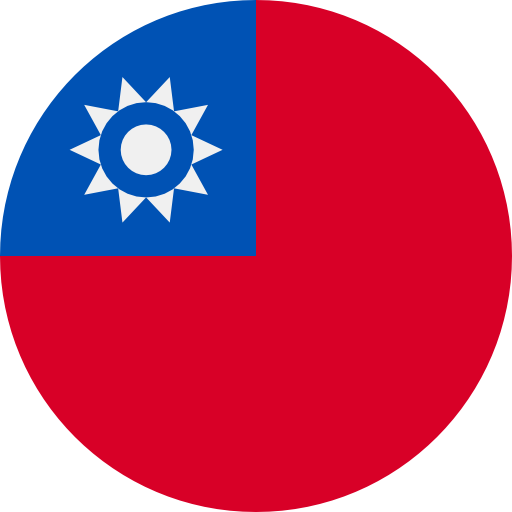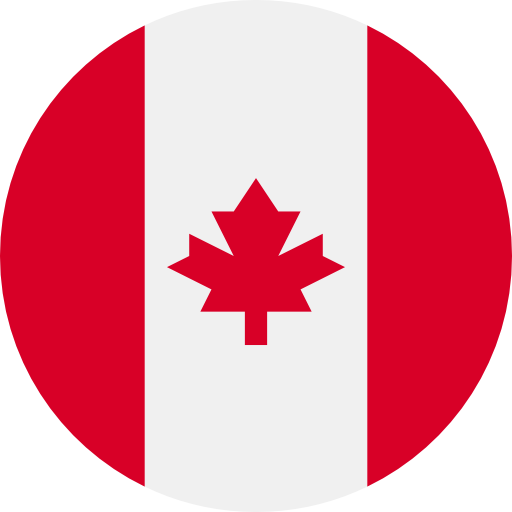Reports
Clascoterone Topical Cream 1%: A Novel, Topical, Local, Selective Androgen Antagonist: Results from two Phase 3 Studies Treating Children and Adult Patients with Facial Acne Vulgaris
Presented by: Adelaide A. Hebert, MD, FAADProfessor, Department of Dermatology
UTHealth McGovern Medical School, Houston, TX, USA
- Clascoterone is the first topical androgen receptor inhibitor and is available in two formulations. A 1% cream is under investigation for acne, and a 7.5% solution is under investigation for androgenic alopecia.
- There have been positive phase 3 results for acne, and positive phase 2 results for androgenic alopecia.
- A clean safety profile has been demonstrated in more than 1,700 patients.
Clascoterone is a topical androgen receptor inhibitor under investigation for the treatment of acne. Clascoterone is hydrolyzed by the skin and metabolized to cortexolone 21-propionate and cortexolone. Both metabolites exhibit minimal anti-androgen activity and weak glucocorticoid properties [1,2]. Cortexolone is the final compound which has an established safety profile [1,2]. This agent targets androgen receptors in sebocytes and hair papilla cells within the skin’s pilosebaceous unit, intervenes at multiple and different points in acne pathogenesis, and inhibits dihydrotestosterone-stimulated signaling downstream of the androgen receptors.
- The primary purpose of the study was to assess the efficacy of clascoterone topical 1% cream for the treatment of facial acne vulgaris in adult and pediatric populations.
- The study assessed percent reduction in inflammatory and non-inflammatory facial lesions over a 12-week period.
Type of Study
- Phase 3.
- Randomized.
- Double-blind.
- Vehicle controlled.
- Multicenter.
- Two identical studies (25 & 26) at 112 sites.
Primary Purpose
- The primary purpose of the study was to assess the efficacy of clascoterone topical 1% cream for the treatment of facial acne vulgaris in adult and pediatric populations.
- The study assessed percent reduction in inflammatory and non-inflammatory facial lesions over a 12-week period.
Patient Populations
- Total number of enrollees : 1,440 patients.
- Age : ≥9 years.
- Intent-to-treat population.
- Inclusion criteria :
- 30-75 inflammatory and 30-100 non-inflammatory lesions.
- IGA 5 point scale – moderate or severe (grade 3 or 4).
- Exclusion criteria :
- Subject is pregnant, lactating, or is planning to become pregnant during the study period.
- Subject has any skin pathology or condition that could interfere with the evaluation of the test products or requires the use of interfering topical or systemic therapy.
- Subject has greater than 2 facial nodules.
- Subject has nodulcystic acne.
- Subject has any condition which, in the investigator’s opinion, would make it unsafe for the subject to participate in this study.
- Subject is currently enrolled in an investigational drug or device study.
- Subject has received an investigational drug or has been tested with an investigational device within 30 days prior to the initiation of treatment (baseline).
- In the Table, the clinical and demographic characteristics. of the patients.
Primary Outcome Measures
- The primary outcome measure was evaluation of any change in facial acne vulgaris, as reflected in the percent change in inflammatory lesions at week 12, to identify a change from baseline and to determine if there was a statistically significant difference between clascoterone topical 1% cream and vehicle.
Secondary Outcome Measures
- The secondary outcome measure was assessment for change in facial acne vulgaris, as reflected in the percent change in non- inflammatory lesions at week 12, to identify a change from baseline and to determine if there was a statistically significant difference between clascoterone topical 1% cream and vehicle.
Drugs/Procedures Used
- A 12-week phase 3 study was conducted in subjects aged ≥9 years with moderate to severe acne, followed by 9-month open label safety extension.
- Patients were randomly assigned to clascoterone 1% topical cream or cream vehicle (1:1) for 12 weeks of treatment, during which they were to self-apply, twice daily in the morning and evening.
- The co-primary efficacy endpoints assessed were the proportion of subjects in each group with at least a two-point reduction in IGA from baseline and IGA score of 0 (clear) or 1 (almost clear) at week 12.
- Participants were evaluated for an absolute change from baseline in non-inflammatory lesions at week 12, as well as for an absolute change from baseline in inflammatory lesions at week 12.
- For the outcome measure of non-inflammatory lesions at week 12, the cohort treated with clascoterone 1% topical cream demonstrated a 29.8% reduction compared to an 18.9% reduction for vehicle, reflecting a statistically significant improvement.
- For the outcome measure of inflammatory lesions at week 12, the cohort treated with clascoterone 1% topical cream demonstrated a 46.2% reduction compared to an 32.7% reduction for vehicle, reflecting a statistically significant improvement.
- Treatment-emergent adverse events (TEAEs) for the impacted 11.1% of the clascoterone cohort (2.6% moderate, none severe) compared to 12.7% of vehicle cohort (4.3% moderate, <1% severe). Local skin reactions consisted of mild erythema.
- Clascoterone 1% topical cream treatment resulted in a clinically significant reduction in both inflammatory and non-inflammatory skin lesions over 12 weeks in both children and adults, thereby demonstrating efficacy.
- Treatment with clascoterone 1% topical cream produced a low rate of TEAEs which were not generally severe, thereby demonstrating safety.
Key Messages/Clinical Perspectives
- The phase 3 trial data for clascoterone 1% topical cream demonstrates that it is effective in the treatment of facial acne vulgaris for adult and pediatric populations aged ≥9 years.
- The phase 3 trial data for clascoterone 1% topical cream demonstrates that it is has a tolerable safety profile when used for treatment of facial acne vulgaris for adult and pediatric populations aged ≥9 years.

REFERENCES
Presenter disclosure(s): The presenter has reported the following disclosures: Allergan, Inc.; Amgen; Anacor Pharmaceuticals, Inc.; Astellas Pharma US, Inc.; Bickel Biotechnology; Cassiopia; Celgene Corporation; Chugai Pharma; Cutanea Life Sciences; US, Department of Defense; Dermavant Sciences; Dermira; Encore Dermatology, Inc.; Galderma Laboratories, L.P.; GlaxoSmithKline; Intendis, Inc.; La Roche-Posay Laboratoire Pharmaceutique; Mayne Pharma Group; Medimetriks Pharmaceuticals, Inc.; Menarini Group; Menlo Therapeutics; Merz Pharmaceuticals, LLC; NIH; Novan; Novartis Pharmaceuticals Corp.; Onset Therapeutics Ortho Dermatologics; Pfizer Inc.; Pharmaderm; PPD Inc.; Prim-Med; Promius Pharma, LLC; Promius Pharmaceuticals; Regeneron; Roivant Sciences; Shionogi USA; Sienna Biopharmaceuticals; Sinclair Pharma; Stiefel, a GSK company; TopMD; Valeant Pharmaceuticals International; Vanda Pharmaceuticals Inc.
Written by: Daniel Bennett, MPH
Reviewed by: Martina Lambertini, MD
CONFERENCE SUMMARIES

Welcome to the Highlights from AAD 2019
Prof. Nellie Konnikov, MD, FAADWe are pleased to present highlights from the 2019 Annual Meeting of the American Academy of Dermatology (AAD). Our meeting was held from March 1 to March 5, 2019 in Washington, DC. The AAD conference … [ Read all ]

 amèrica latina
amèrica latina Canada EN
Canada EN Canada FR
Canada FR Deutschland
Deutschland English
English italiano
italiano português
português